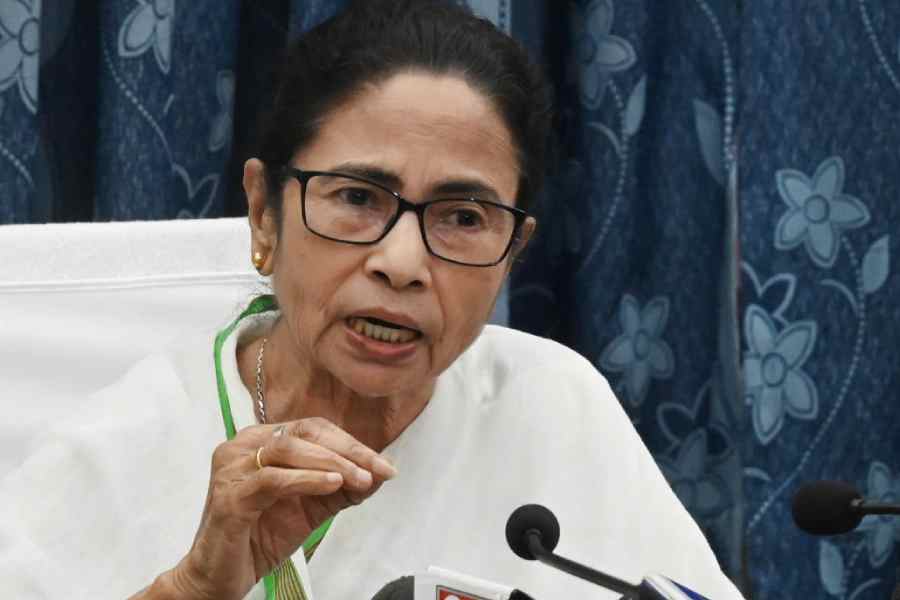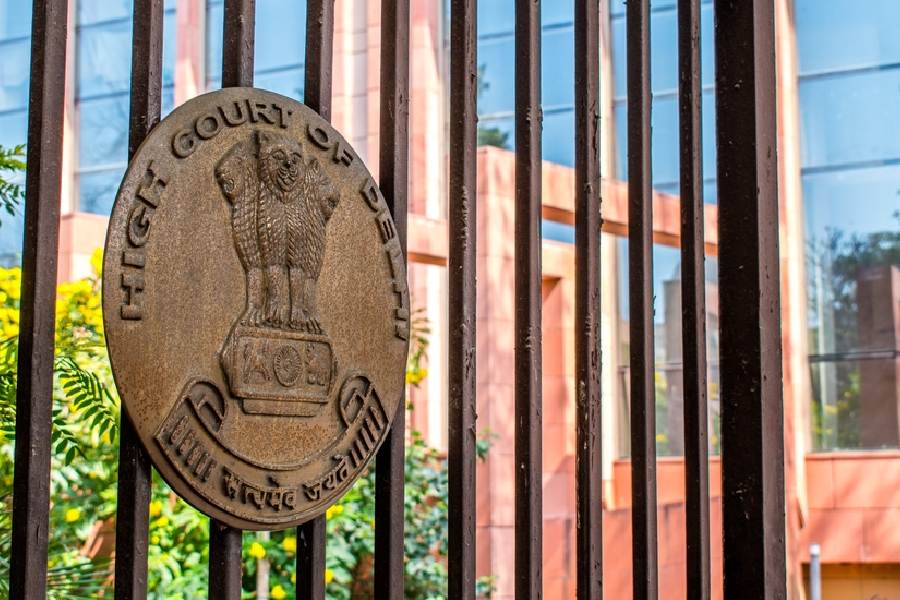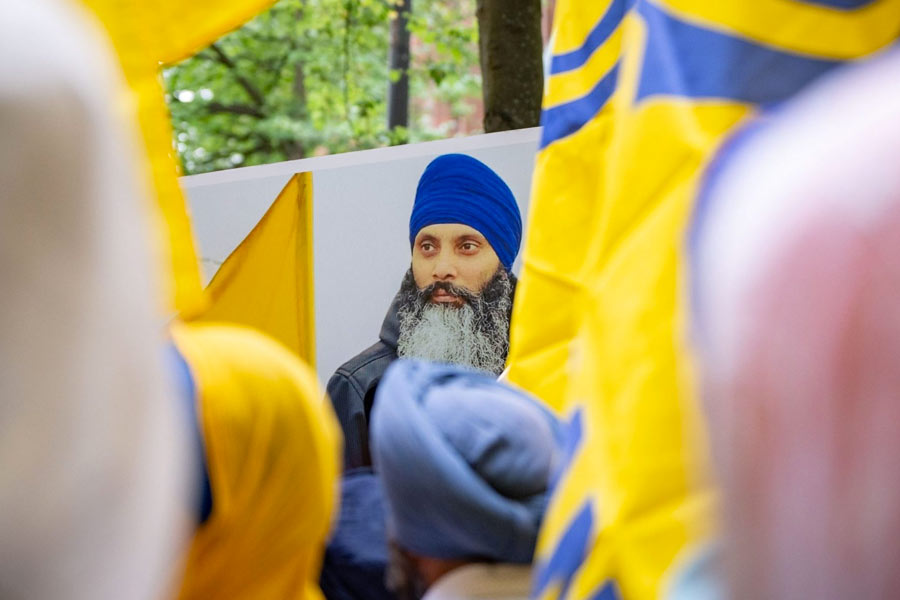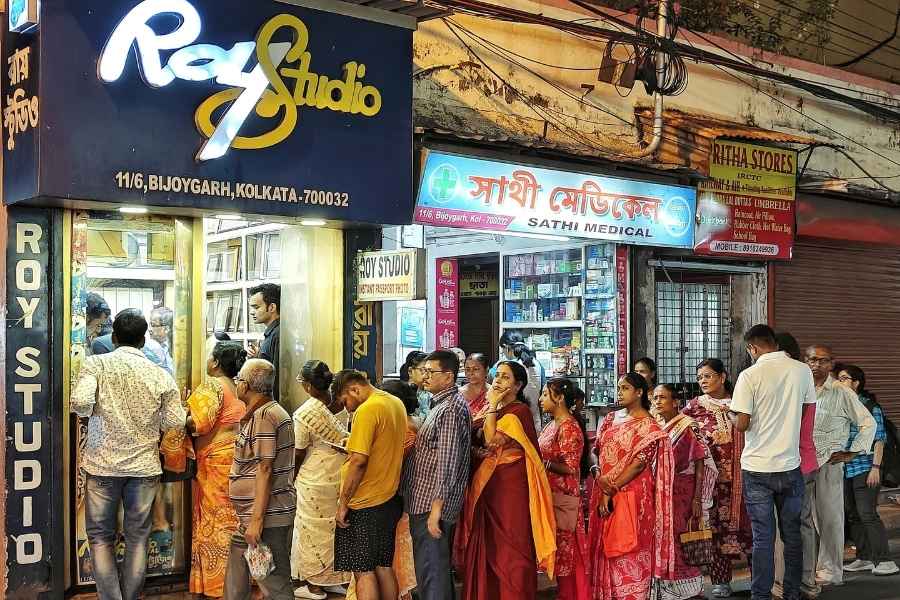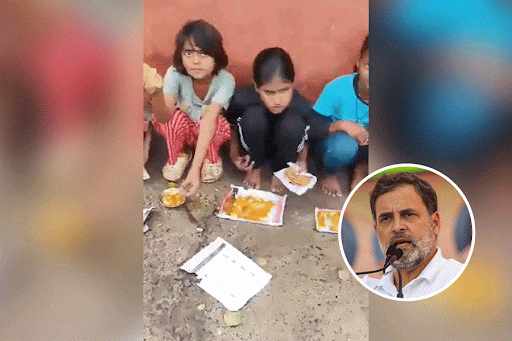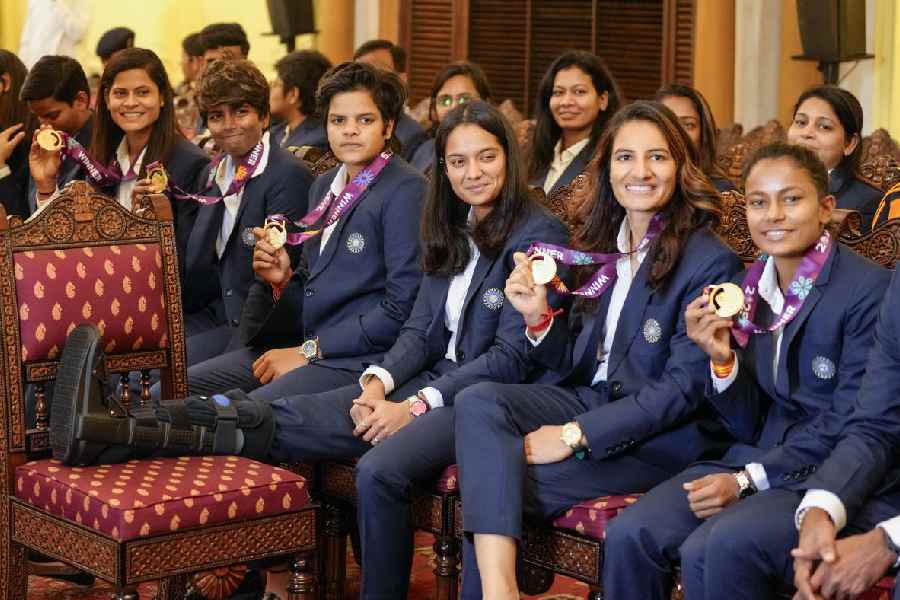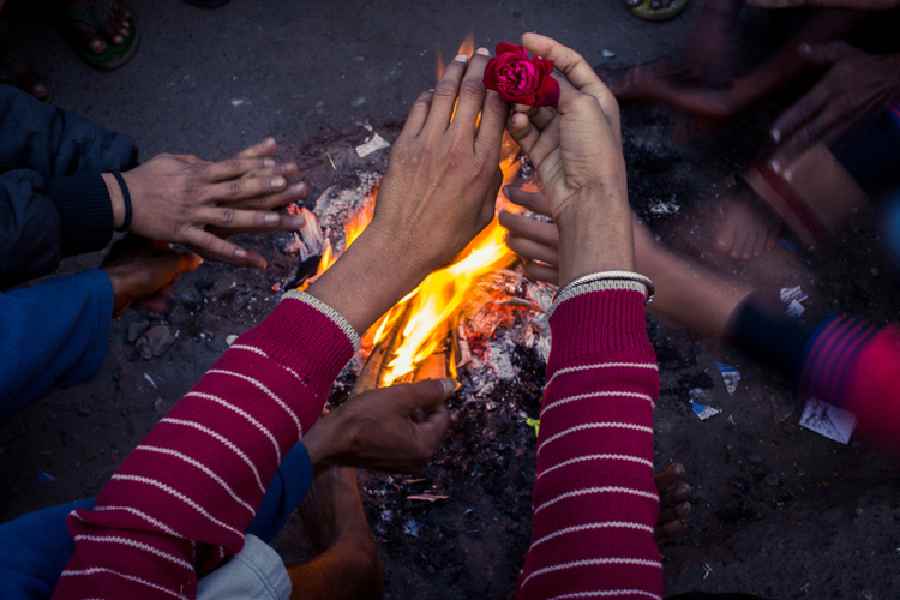The Mamata Banerjee government on Wednesday announced a 4 per cent hike in dearness allowance for its eight lakh employees in the budget for 2025-26, taking the total DA to 18 per cent of the basic salary.
"After the recommendations of the Sixth Pay Commission were implemented, 125 per cent DA was merged with the basic pay. We have already given 14 per cent DA after that... Another 4 per cent DA will take the total DA to 18 per cent.
This will benefit all our employees, teachers and non-teaching staff,” the chief minister said at a media conference in the Assembly after the presentation of the budget by Chandrima Bhattacharya, minister of state for finance with independent charge.
Sources said the additional 4 per cent increase in DA would result in an extra burden of ₹3,000 crore per annum for the cash-strapped state government.
The employee unions have been demanding a cost-of-living adjustment on a par with their central counterparts but Nabanna has refused to budge. The Supreme Court has been hearing the DA case for around two years.
The fresh hike in DA failed to make the employees happy as they referred to the 35 per cent gap in the cost-of-living adjustment offered by the Centre and the state.
Bengal BJP president Sukanta Majumdar said the state government had deceived its employees by announcing only a 4 per cent hike in DA and demanded the formation of the Seventh Pay Commission in the state in line with the Centre’s Eighth Pay Commission.
A bureaucrat said: “The CM is aware of the discontent among state government employees.... She tried to pacify the employees by announcing a fresh instalment of DA as she would not like to go to next year’s Assembly polls with aggrieved government employees who play crucial roles in holding the elections.”
The budget also emphasised rural development schemes for which the government will spend about ₹18,300 crore in 2025-26, which is 44 per cent more than what it had allocated for this fiscal. The state government plans to spend the extra money on rural housing. It also earmarked ₹7,200 crore to provide the second instalment of ₹60,000 each to 12 lakh rural housing beneficiaries in June.
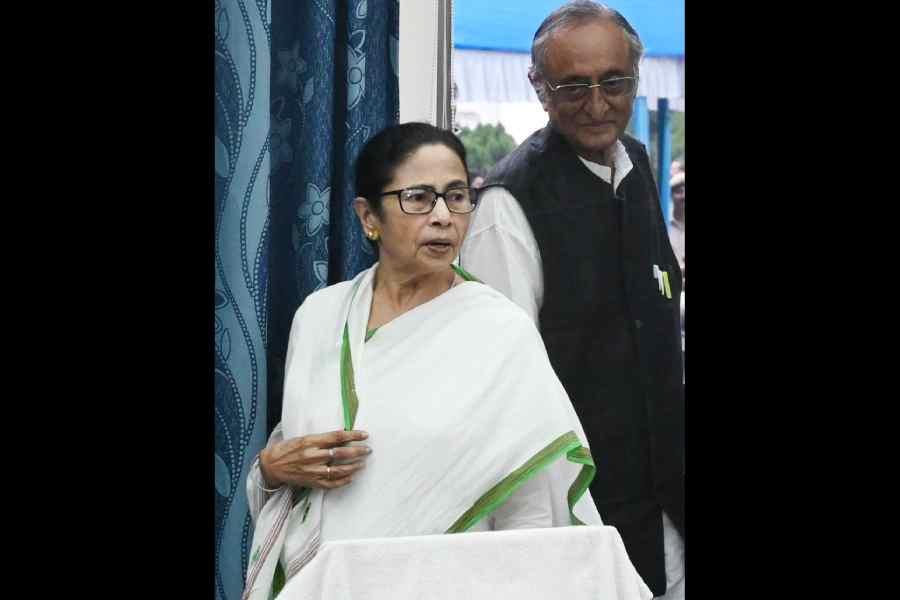
Mamata Banerjee with Amit Mitra, the principal chief adviser to the chief minister, after the presentation of the budget. Picture by Pradip Sanyal
The beneficiaries had received the first instalment in the ongoing financial year.
The state government will spend another ₹9,600 crore on providing the first instalment of ₹60,000 each to another 16 lakh beneficiaries of the rural housing scheme called Banglar Bari.
A major highlight of the budget is the ₹1,500-crore allocation for the improvement of rural roads across the state. This is aimed at enhancing rural connectivity at a time when complaints have been pouring in over poor roads since the Centre stopped the release of funds under the Pradhan Mantri Gram Sadak Yojana for the past three years.
Like in previous years, the government has given top priority to welfare schemes for women, students and disadvantaged sections of society. The budget has earmarked ₹66,630 crore for welfare schemes, around 40 per cent of which is meant for Lakshmir Bhandar.
“Unlike the central budget, our budget is aimed at giving relief to the deprived sections,” Mamata said.
The BJP legislators expressed their displeasure with the budget proposals by staging a walkout towards the end of Bhattacharya’s 45-minute speech. Led by the leader of the Opposition, Suvendu Adhikari, the BJP MLAs said the budget was “directionless” as there was no attempt to address the problem of joblessness in the state.
Referring to the Opposition criticism, Mamata said the budget would result in job creation and cited examples of upcoming projects such as the coalmine in Deocha-Pachami and six economic corridors connecting Calcutta to rural Bengal to buttress her claim.
Mamata claimed that the economy of Bengal was on the right path and was well ahead in education, health and social security sectors compared to other states.
“Our economy is doing well.... We are ahead of all states in education, health and issues related to social security. One day, the world will acknowledge the growth we have achieved so far,” she said.
The chief minister said the gross state domestic product (GSDP) of Bengal, which stood at ₹18 lakh crore this fiscal — at constant prices grew by 6.8 per cent, which was higher than the national figure of 6.37 per cent.
A document distributed with the budget papers claimed the state’s tax revenues for the next fiscal would be around 5.3 times that of the collections in 2010-11 while debt as a percentage of the GSDP would come down to 37.98 per cent from 40.65 per cent in the last year of Left rule.
“We are earning much higher taxes and we have brought down the debt burden as a percentage of the GSDP.... This means the Bengal economy is on a growth path,” Mamata said.

